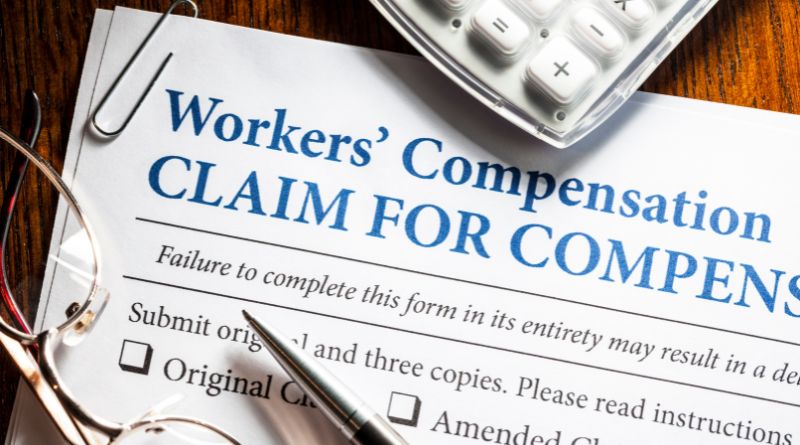Real Geeks Review: If you’re in the business of selling real estate, you probably want as many potential clients to know about it as possible. But it can be hard to get on top of online marketing when you are busy doing other things – like listing and selling property, or handling other administrative tasks that come with running your own business. Fortunately, there are services out there that will do these jobs for you – but are they right for your real estate business? Read on to find out what we thought of Real Geeks…
What are Real Geeks and what can they do for your business?
Real Geeks is a cloud-based real estate investment management platform that tracks and analyzes all aspects of your business. With this in mind, it’s ideal for investors who want to minimize their time spent on financial management, including data entry and tracking the performance of the properties they manage. It is also worth mentioning that you can use it to monitor cash flow and even generate reports by property or by investors.
Real Geeks offers a free 30-day trial so you can see if it works well with your needs as an investor before committing to a monthly subscription fee (starting at $19/month).
How does a business use Real Geeks?
Real Geeks is a great way to see which properties are on the market and what they’re going for. You can find details about the properties including square footage, lot size, bedrooms, and bathrooms. You can also see property photos, read reviews about the home from other buyers and sellers, and get information about neighborhoods in different cities. The reviews allow you to learn more about a particular property before getting into a bidding war with other buyers. Seeing how many people use this site, it’s a good idea to check it out before making any decisions about which home you want to buy!
What do you get if you purchase Real Geeks now as opposed to waiting?
You get access to a library of over 400 training videos and tutorials on how to build a successful real estate business. You’ll also be able to take advantage of the experts who are available on demand 24/7 to answer any questions you may have during your journey. Plus, there is no limit on the number of people that can use the system at one time, so you can bring in your whole team! Lastly, if you opt-in for a monthly subscription, you’ll receive up to five new video tutorials each month as well as an online quiz designed just for real estate agents.
The Verdict – Should You Buy Today or Wait Until the Product Changes?
The product is in beta testing, and the company has assured us that they are making changes to make it better. The execution of this product is excellent, and there are many things that I love about it. However, there are also a lot of features missing right now. So should you buy today or wait until the product changes? Well, if you want to use this software as it stands now, then go ahead and purchase it.









